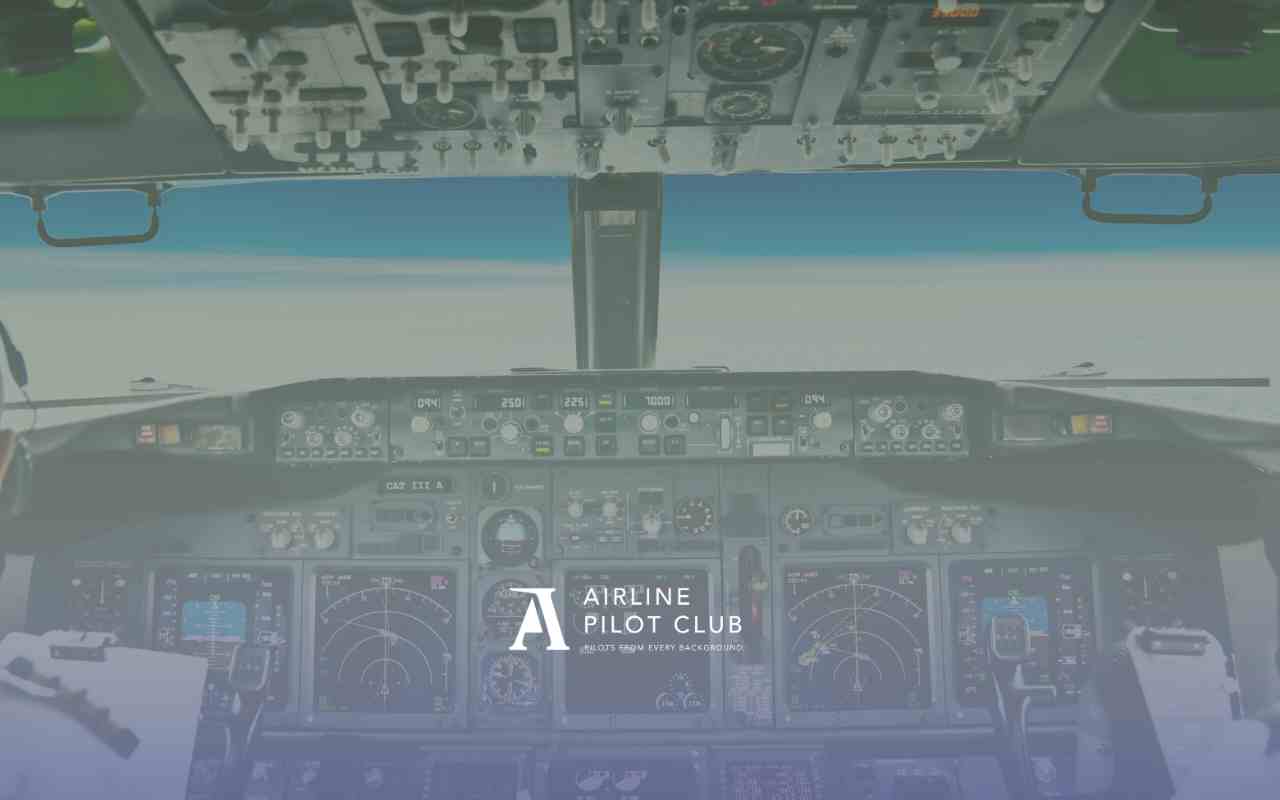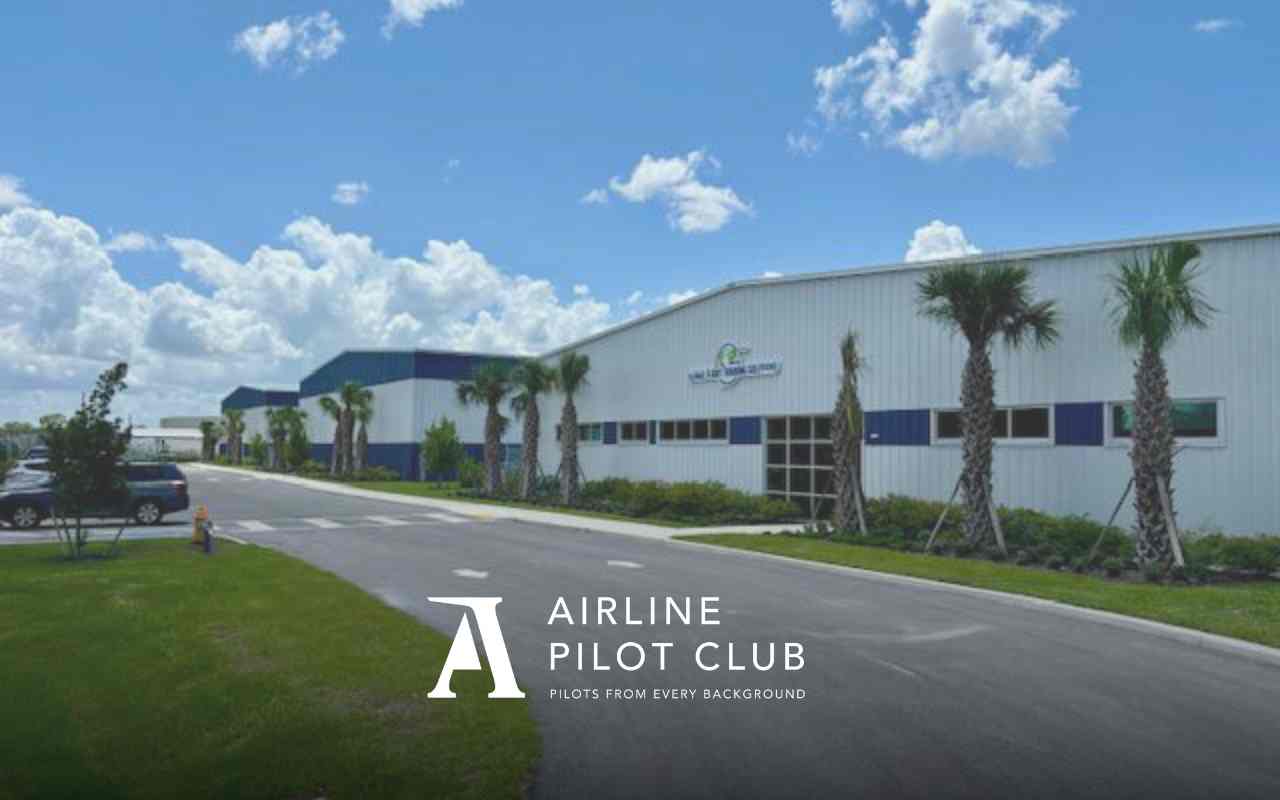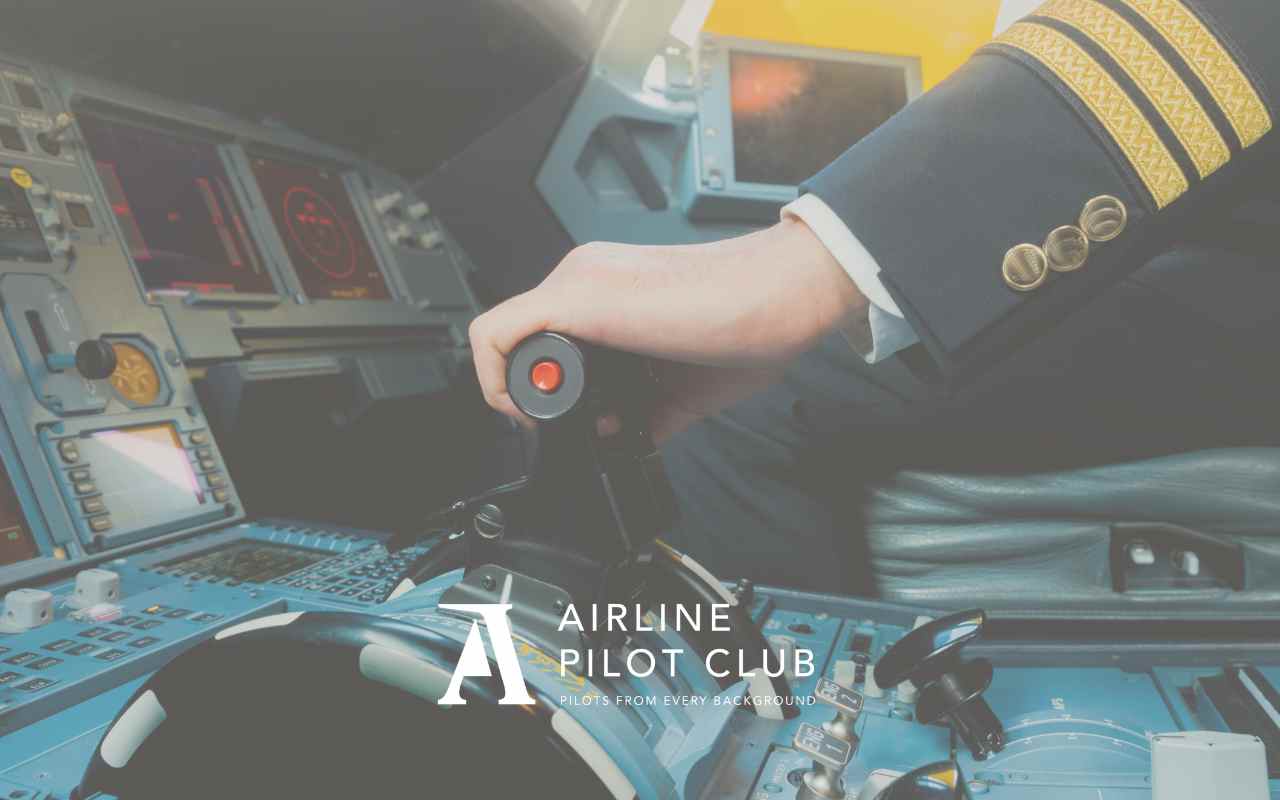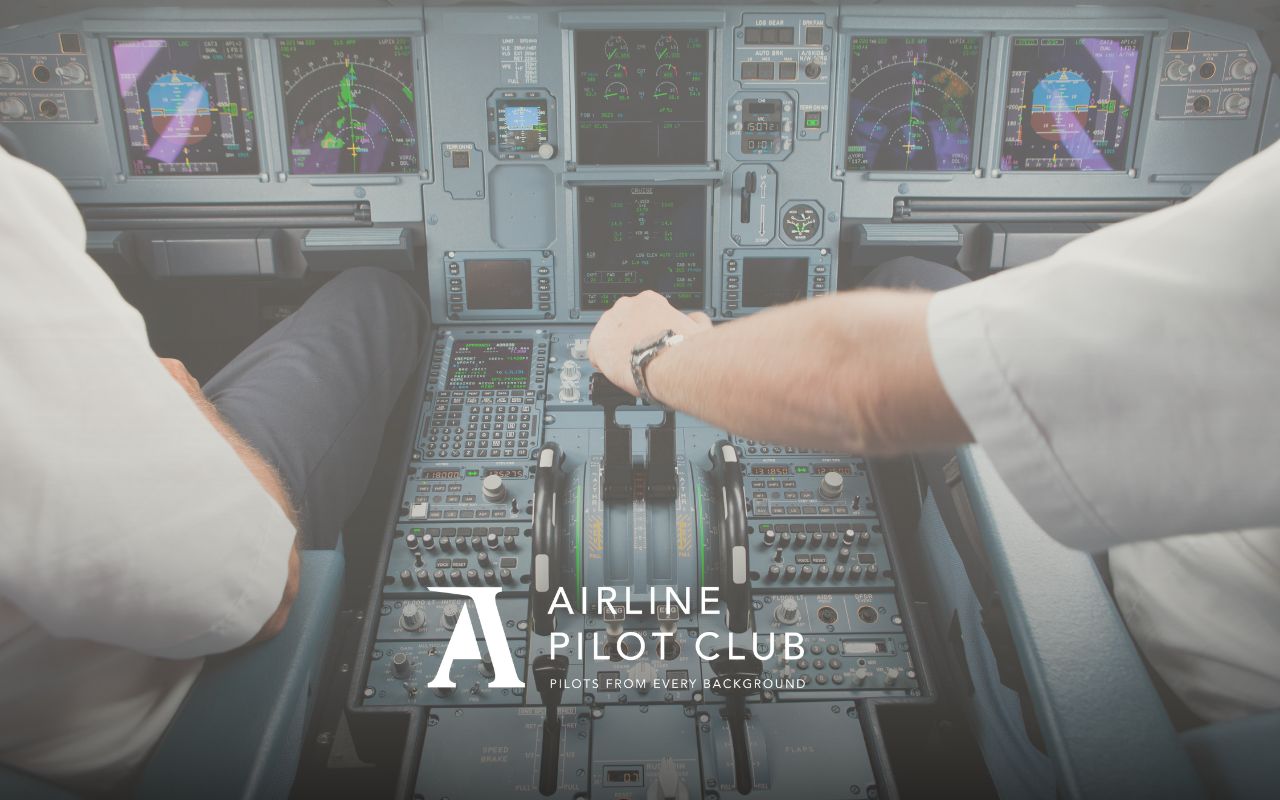Becoming an airline pilot is a dream for many, but it requires a significant amount of dedication, hard work, and perseverance. A career as an airline pilot is not only rewarding but also challenging. In this article, we will walk you through the various steps you need to take to become a successful airline pilot, including the education and training requirements, exams and certifications needed, and potential career growth opportunities.
Understanding the Airline Pilot Career Path
The airline pilot career path is a long and challenging one that requires a keen understanding of the aviation industry, as well as a solid foundation in aviation education and training. The first step in becoming an airline pilot is to understand the job description and responsibilities that come with this exciting career.
As an airline pilot, you will be responsible for the safe operation of the aircraft and the passengers on board. This means that you will be responsible for conducting pre-flight checks to ensure that the aircraft is in good working order, and that all systems are functioning correctly. During the flight, you will be responsible for monitoring the aircraft's systems, communicating with air traffic controllers, and making decisions that will ensure the safe and efficient completion of the flight.
In addition to your responsibilities as a pilot, you will also be responsible for managing the flight crew. This means that you will need to be an effective communicator, able to delegate tasks and responsibilities, and able to work as part of a team. You will also need to be able to maintain compliance with federal and international aviation regulations, which means that you will need to be familiar with a wide range of regulations and guidelines.
Required Skills and Qualifications
To become an airline pilot, you must possess a range of skills and qualifications. Firstly, you will need to have excellent communication skills, as you will need to communicate with air traffic controllers, flight crew, and passengers. You will also need to have excellent critical thinking ability, as you will need to be able to make quick decisions in high-pressure situations.
In addition to these skills, you should also have a keen eye for detail, as you will be responsible for monitoring the aircraft's systems and ensuring that everything is functioning correctly. You should be able to multitask effectively, as you will need to be able to manage multiple tasks simultaneously. Finally, you should be comfortable working in fast-paced and high-pressure environments, as this is an essential part of the job.
Potential Career Growth and Opportunities
A career as an airline pilot offers a myriad of opportunities for growth and advancement. Once you have gained the necessary flying experience, you can rise up the ranks to become a captain. As a captain, you will have more responsibility and will be responsible for leading the flight crew and making key decisions.
Moreover, once you have gained experience as a captain, you can progress to become a flight instructor or a training captain. In these roles, you will be responsible for training and mentoring new pilots, helping them to develop the skills and knowledge necessary to become successful airline pilots themselves.
Finally, airlines also offer opportunities for pilots to work in different departments. For example, you could work in safety, where you would be responsible for ensuring that the airline's safety procedures and protocols are up-to-date and effective. Alternatively, you could work in regulatory compliance, where you would be responsible for ensuring that the airline is complying with all relevant aviation regulations and guidelines.
Education and Training Requirements
One of the first steps to becoming an airline pilot is to obtain the required education and training. It typically takes several years of training and experience to become a qualified airline pilot. However, the journey to becoming an airline pilot can be an exciting and rewarding one.
Flight School Options
The first step in becoming an airline pilot is selecting a flight school that meets your needs. There are many flight schools available, and it is essential to choose one that offers a comprehensive curriculum that prepares you for a career as an airline pilot. Flight schools offer different types of instruction, including traditional classroom-based instruction and a more hands-on approach. Some flight schools are part of a larger institution, while others are independent. It is crucial to research and choose a program that aligns with your career goals.
During flight school, you will learn the fundamentals of flying, including navigation, aviation weather, and aerodynamics. You will also learn how to operate various types of aircraft and how to handle emergency situations.
Obtaining a Private Pilot License (PPL)
The next step in becoming an airline pilot is obtaining a private pilot's license (PPL). A PPL allows you to fly single-engine aircraft, and it is a prerequisite for an instrument rating (IR) or commercial pilot's license (CPL).
During your PPL training, you will learn how to fly a single-engine aircraft and how to navigate using visual flight rules (VFR). You will also learn how to perform basic manoeuvres, such as take-off and landing.
Acquiring an Instrument Rating (IR)
An instrument rating (IR) enables pilots to fly in bad weather conditions, using instruments to navigate and operate their aircraft safely. This qualification is essential for airline pilots and is typically obtained after completing a minimum of 50 hours of instrument flying.
During your IR training, you will learn how to navigate using instruments, how to operate aircraft in low visibility conditions, and how to handle emergency situations.
Earning a Commercial Pilot License (CPL)
Once you have acquired a private pilot license and an instrument rating, you can train for a commercial pilot's license (CPL). To obtain a CPL, you must complete a minimum of 250 hours of flight time, including at least 100 hours of pilot-in-command time.
During your CPL training, you will learn how to operate complex aircraft, how to handle passengers, and how to fly in different types of airspace. You will also learn how to navigate using both visual flight rules (VFR) and instrument flight rules (IFR).
Pursuing an Airline Transport Pilot License (ATPL)
The final step in becoming an airline pilot is obtaining an airline transport pilot's license (ATPL). An ATPL is required to fly for commercial airlines and requires significant flight experience, including a minimum of 1500 hours of flight time. Additionally, candidates must pass written and flight exams, as well as undergo recurrent training and check rides.
During your ATPL training, you will learn how to operate large, multi-engine aircraft and how to handle complex situations. You will also learn how to work as part of a team and how to communicate effectively with air traffic control.
Becoming an airline pilot requires a significant investment of time and money. However, for those who are passionate about flying, the journey to becoming an airline pilot can be an exciting and rewarding one.
Pilot Exams and Certifications
Aspiring airline pilots must pass several exams and certifications before they can become qualified to fly commercially. These exams aim to assess the candidate's understanding of aviation principles, aircraft operation, and safety procedures.
Becoming a commercial airline pilot is a challenging and rewarding career path that requires dedication, hard work, and a passion for aviation. Pilots are responsible for the safety and well-being of their passengers, and they must undergo rigorous training and testing to ensure they are prepared for any situation that may arise during a flight.
Written Exams
The first set of exams aspiring airline pilots must take are written exams that assess their knowledge of aviation principles and regulations. These exams cover topics such as aerodynamics, navigation, aviation weather, and aircraft systems, among others. The exams are typically administered by the Federal Aviation Administration (FAA) or other regulatory bodies and must be passed with a minimum score to move on to the next stage of training.
Studying for these exams can be a daunting task, as there is a vast amount of information to learn and understand. Aspiring pilots often spend months preparing for the exams, attending ground school, and studying textbooks, manuals, and online resources.
Flight Exams
After passing the written exams, aspiring airline pilots must take flight exams to demonstrate their flying skills and proficiency. Flight exams test the candidate's skills in areas such as take-offs and landings, emergency procedures, and instrument flying. Pilots must demonstrate their ability to fly safely and confidently in a variety of conditions and situations.
Flight exams are typically conducted by certified flight instructors and examiners who evaluate the pilot's performance and provide feedback on areas that need improvement. Pilots must pass both written and flight exams to obtain their license and begin their career as a commercial airline pilot.
Medical Certifications
Commercial airline pilots must also obtain medical certifications that attest to their physical and mental fitness to fly. The Federal Aviation Administration (FAA) sets the standards for medical certification, and aspiring airline pilots must meet those standards to be certified. Pilots must undergo regular medical examinations to ensure they are healthy and fit to fly.
Medical certifications are essential for the safety of passengers and crew. Pilots must be able to handle the physical and mental demands of flying, which can be stressful and challenging, especially during long-haul flights.
Recurrent Training and Check Rides
Finally, once qualified as an airline pilot, it is essential to undergo recurrent training and check rides to maintain their license and certification. Recurrent training involves review sessions, simulated scenarios, and flight checks, to ensure that pilots remain proficient and up-to-date with the latest technology and regulations.
Check rides are conducted by certified examiners who evaluate the pilot's performance and ensure they are meeting the required standards. Pilots must undergo recurrent training and check rides regularly to maintain their license and continue flying.
The commercial airline pilot career is a challenging and rewarding career that requires dedication, hard work, and a commitment to safety. By passing exams and obtaining certifications, pilots demonstrate their competence and readiness to fly, ensuring that passengers can travel safely and confidently to their destinations.
Becoming an airline pilot is a long and challenging journey, but it is an exciting and rewarding career for those who are dedicated and passionate about aviation. The steps to becoming an airline pilot are well-established, and with the right education, training, and experience, aspiring pilots can achieve their dreams of flying commercially.




